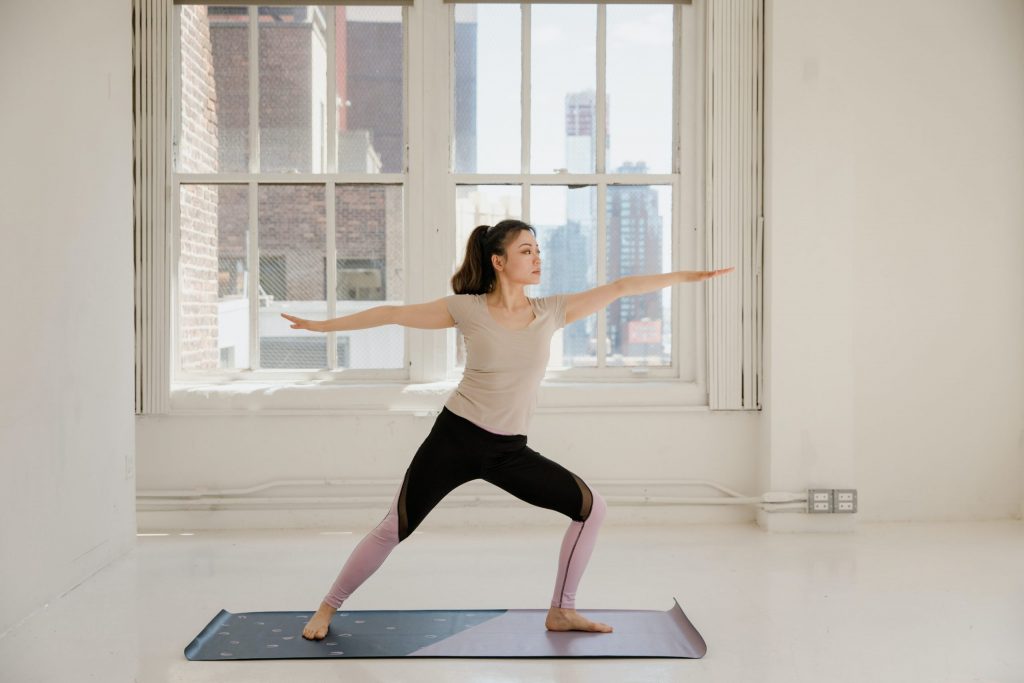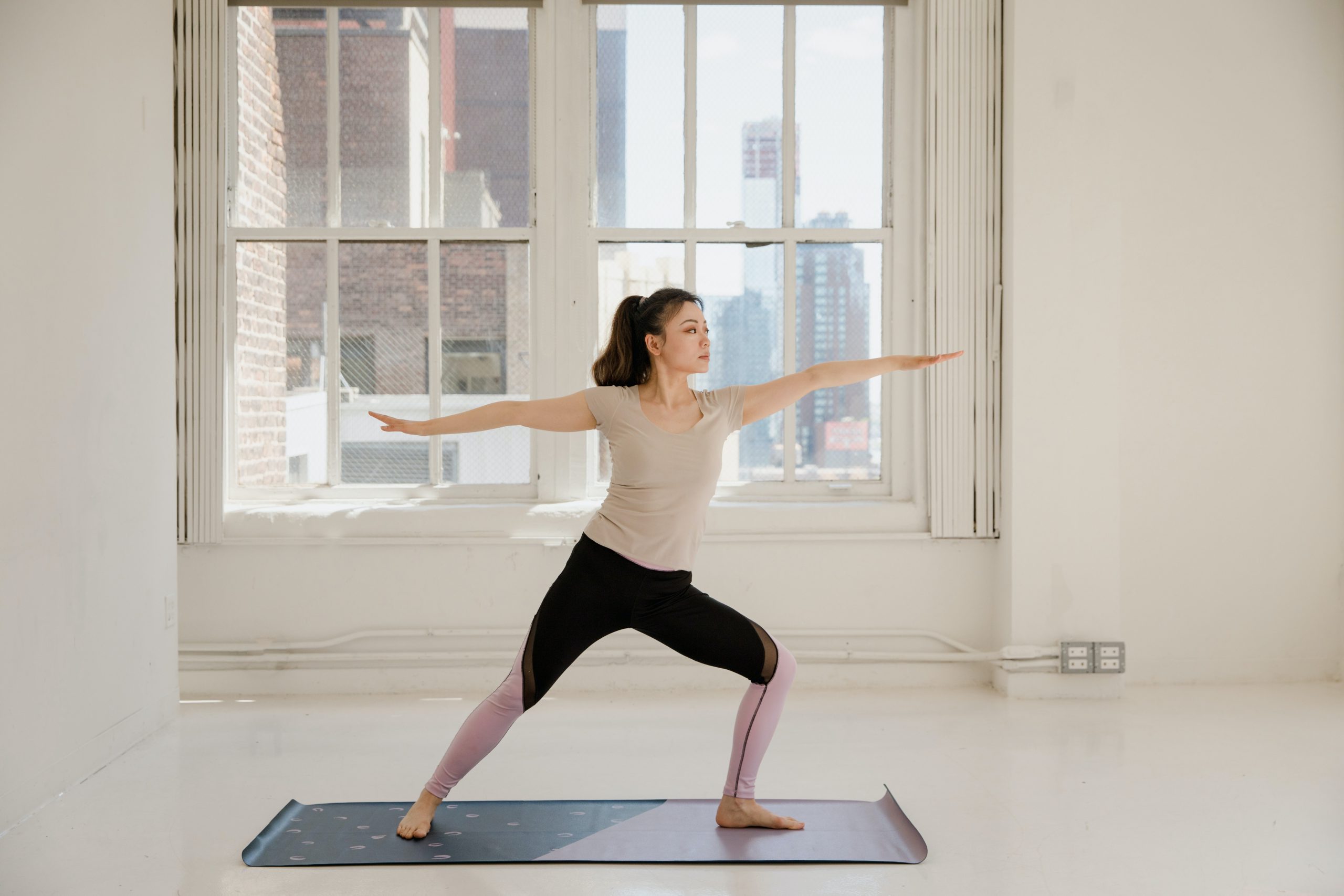
In the last few years, meditation has soared in popularity. The people who practice meditation have always had a strong conviction that the practice is beneficial, and as more and more scientific research supports this this anecdotal evidence, others are taking up the practice in order to cope with their increasingly stressful lives. It’s even being embraced by the business world and introduced into state institutions. With the benefits becoming clear, many people intend to make meditation part of their daily routine.
However, much like the diet that never quite begins, many people are finding that they never actually get round to it. The amount of information and guidance on offer can be so intimidating that it’s often hard to know where to start!
Which Technique?
Recently, its mindfulness meditation in particular that has entered the public consciousness, with mindfulness techniques having been embraced by institutions such as schools, the NHS and even the US Marines. To a certain extent, meditation has become synonymous with mindfulness, but meditation does not begin and end with this technique. While mindfulness is effective for many people, there could be other methods that are more suited to you.
These include:
Transcendental Meditation
Transcendental Meditation (or TM) was made famous in the late 60s and early 70s by it’s celebrity proponents such as The Beatles, and it’s a form of mantra meditation that was introduced by Maharishi Mahesh Yogi. It has to be taught by a licensed practitioner, and there is plenty of scientific research suggesting that the technique is very beneficial.
Loving Kindness Meditation
This is a meditation technique (sourced from Buddhist traditions) that cultivates kindness, benevolence and good will. While it has been demonstrated to improve empathy and loving feelings towards others, this meditation has also been shown to facilitate self acceptance and a kinder attitude towards yourself.
Yogic Meditation
There are various meditations taught in the yoga tradition, which is an ancient practice. Yoga classes have gained popularity in the West, and the practice has been embraced as a good way to exercise, but as a meditative practice it is much harder to do than many other forms of meditation and is much more of a way of life.
and finally (our favourite!) Beeja Meditation
Beeja meditation is the oldest meditative technique in the world. It’s another mantra-based meditation, where the mantras are personalised to each individual. The simplicity of this approach makes it very inclusive, and it’s a meditation that seems to work well for everybody.
One thing to keep in mind is that, due to the huge demand for meditation and mindfulness courses, people are being encouraged to instruct people after only themselves completing a short beginner’s course. In some cases, under-qualified teachers are presenting themselves as experts, so whatever technique you chose it’s important to…
Pick the Right Teacher.
You should think of meditation teachers in the same terms as you would think of teachers of any other subject. Meditation experts should have comprehensive experience studying and practicing their technique (as a minimum, 4 months training and three years practise is a good rule of thumb) and be able to confidently demonstrate extensive knowledge, as well being able to skilfully guide their students according to each individual’s needs. There’s lots of things that go into making a good teacher (some of which are completely subjective) but the very least you should ask for is thorough knowledge and plenty of personal experience with their technique.
One good indicator in people who teach meditation is if they offer free ongoing support, such as check-ins and group meditations. Lots of meditation organisations will also include reviews from previous students on their website, which is a great way to get an insight into the experiences of others. It’s also advisable to look for teachers who will tailor their knowledge to the individual, rather than enacting a one size fits all approach designed to get everyone from the same A to B. This is especially true when you have particular needs, such as…
Mental Illness.
For some people, much of the motivation to start meditating is to relieve the symptoms of mental health issues such as anxiety and depression, or to help with burnout recovery or stop panic attacks. Meditation has been shown to help in the management of these illnesses, sometimes dramatically, but before embarking on serious meditation, people with mental health issues should consult either with a meditation expert or psychotherapist familiar with meditation. In some rare cases, some of the more forceful forms of meditation can open you up to repressed emotional trauma or negative emotion which is especially difficult to deal with for those with mental health problems.
This is a rare potential consequence of any intensive practice or therapy and not only associated with Eastern practises. If handled in a nurturing and gentle way, it can be part of a very profound healing process that has a hugely positive outcome, and an experienced teacher can guide you through any temporary effects that may cause discomfort.
Meditation teachers will happily discuss this with you if you want to find out more. It’s important to remember that in almost every case, it’s much better to meditate than not to meditate, it’s simply a case of finding an experienced and compassionate guide who can help you achieve calm and balance.

The Benefits of Beeja Meditation
- Reduce stress and anxiety
- Greater clarity and calm
- Increase focus
- Enhance relationships
- Sleep better
- Feel energised


Leave a Reply